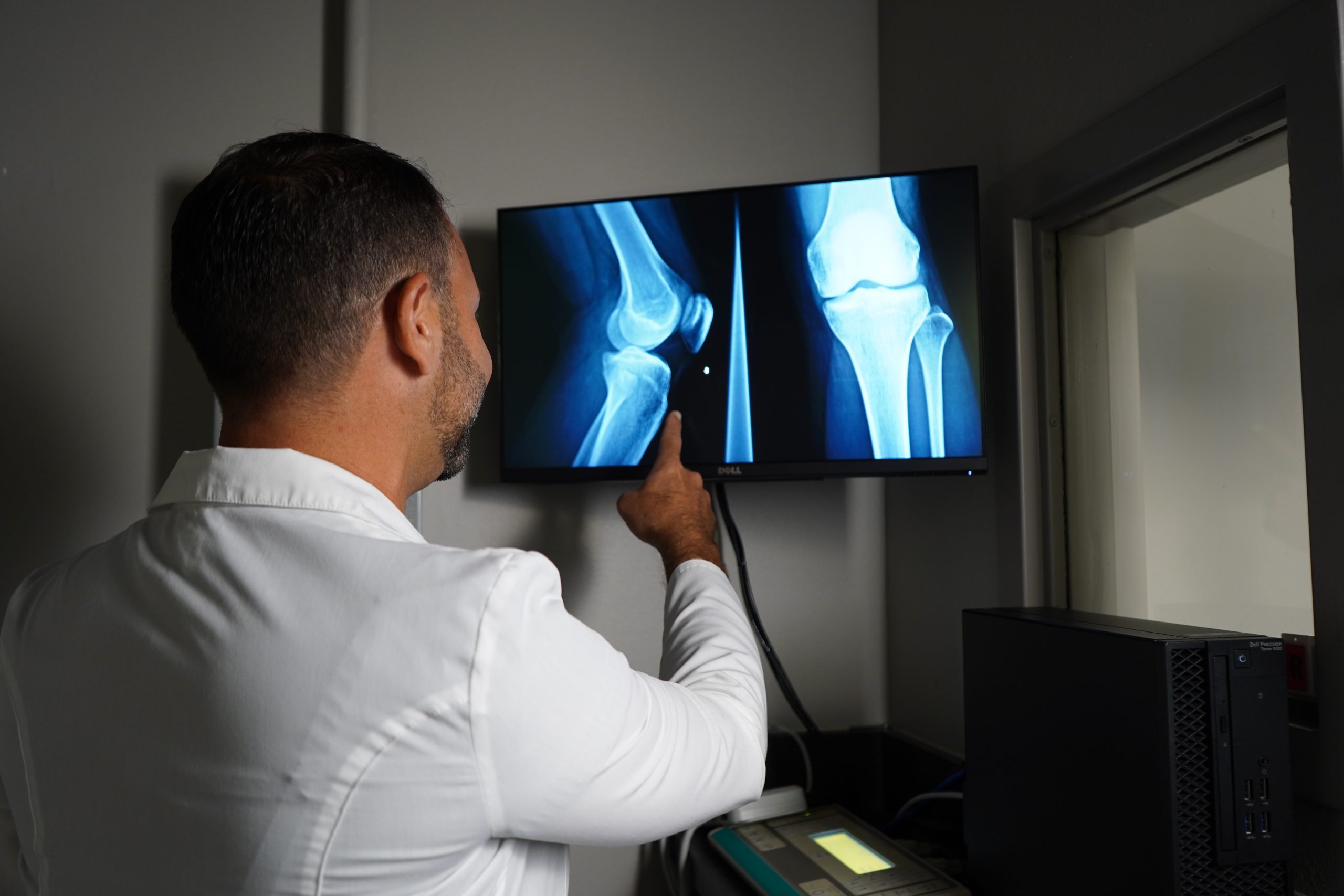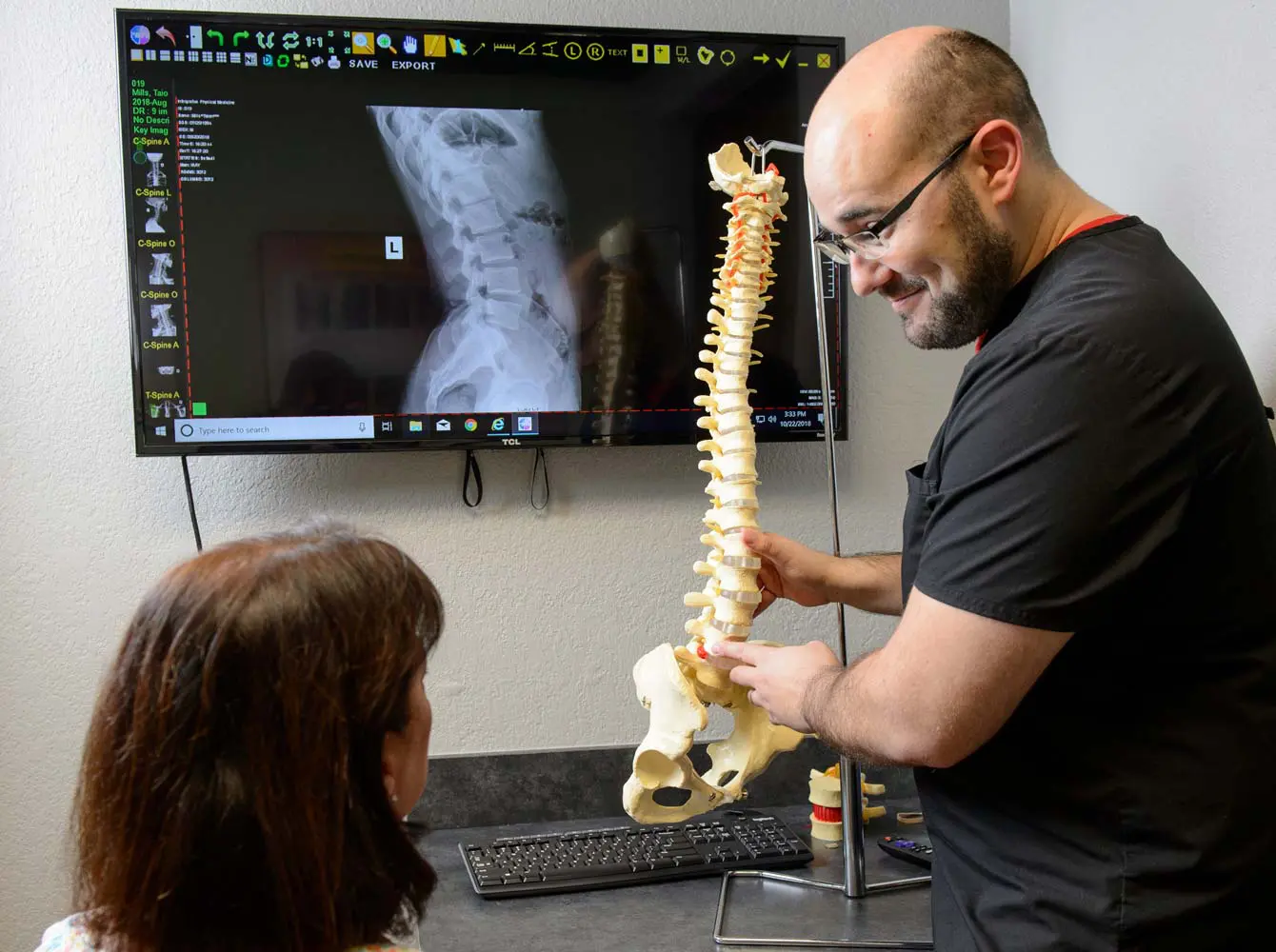Meet Complete Care
Affordable Injury Care Clinics
Since 2012, Complete Care has helped thousands across Central Florida navigate recovery after experiencing musculoskeletal injuries with clinical excellence. We promise to provide you with a patient-first experience.
Walk-in, same-day, and telehealth appointments are available, so you can be seen quickly to determine if you need a treatment plan.

28 Convenient Neighborhood Locations Across Central Florida, Lakeland-Winter Haven, Brevard County and Tampa.
New to Complete Care?
Request an Appointment Today
An appropriate injury evaluation can often detect injuries and provide clarity on the extent of your injuries. Our injury care clinics offer on-site treatment and rehabilitation. To schedule an appointment at one of our 28 clinics or to learn more, call us at (407) 974-6851.
We’ve Helped Thousands Recover From Auto Accident Injuries
Read TestimonialsAbout Complete Care
Comprehensive, Caring and Affordable Healthcare for Musculoskeletal Injuries
Complete Care is a multi-specialty healthcare facility that focuses on helping patients recover (fully) from musculoskeletal injuries. We take a holistic approach and offer our patients convenient injury care with rehab, imaging, orthopedic and neuro professionals all under one roof.







